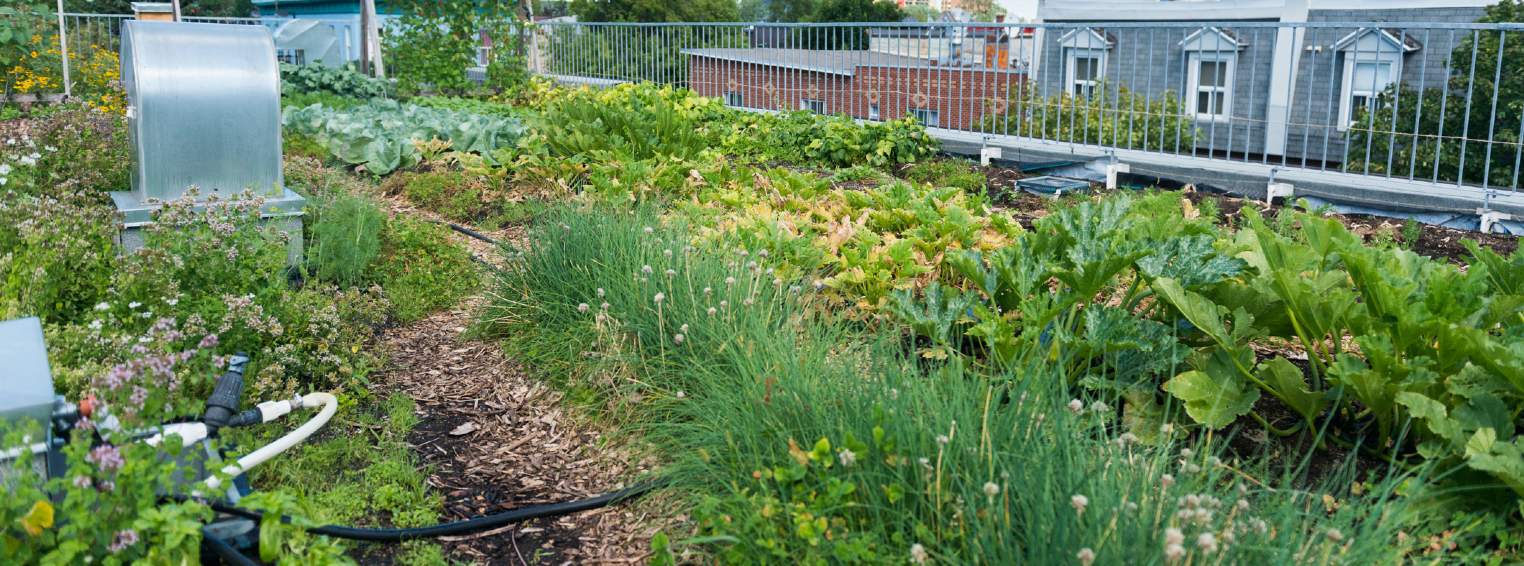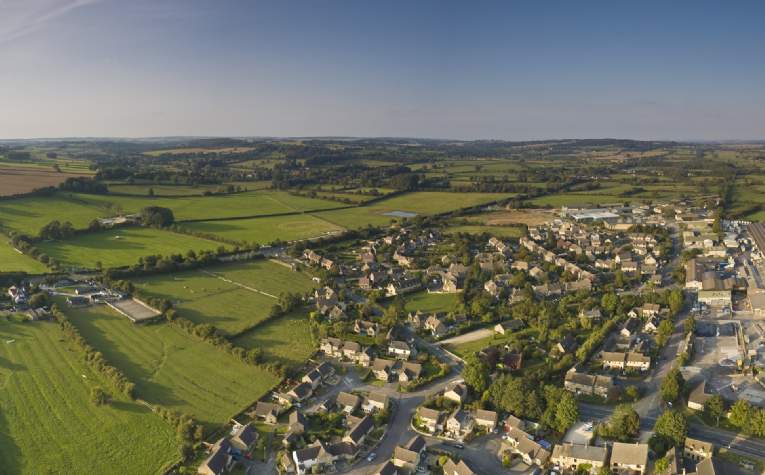Urban agriculture is inherently versatile. It could encompass anything from greenhouses atop a warehouse or a vertical farm in subway tunnels to allotments on balconies. Some installations will be one-off opportunities that make use of unique circumstances. Others will provide a solution to problems that are endemic amongst urban spaces from a lack of greenery and air pollution to underutilised space.
Financial and production capital
For investors, the most accessible and scalable option is addressing these endemic problems. By investing in adaptable intellectual property or adaptable business models, investors will have a novel solution that can be applied to much of the vast array of underutilised urban spaces. Even in occupied buildings, basements, rooftops and the walls between them are often without use besides their structural function. Urban agriculture is one way of going beyond that limited use.
Providing a service and/or product that alleviates these endemic problems will drive part of the demand for urban agriculture. In this demand, investors will likely find growth in financial and production capital and so fulfil the metrics by which we have traditionally quantified success. But the entire value of urban agriculture can only be realised when all five forms of capital are acknowledged.
Natural capital
Natural capital is the world’s stock of natural resources, including air, earth and all living things from which a huge number of ecosystem services are derived.
It is only now that we are truly acknowledging the finite character of natural capital and looking to preserve it. Urban farming delivers significant savings in water and mineral inputs over traditional farming while pesticides can be entirely eliminated. Urban food production also serves to offset food security concerns and liberate land for other uses such as carbon sequestration or biodiversity net gain.
Human and social capital
Financial and even natural capital benefits are inherent to a well planned investment in urban agriculture. What can often be missed are the opportunities for human and social capital, human capital being our skills, knowledge and experiences, and social capital being our networks and communities.
There is debate as to whether health is a component of human and social capital. What is not debated is the strong positive influence that health enacts upon those forms of capital, and it is difficult to see how urban agriculture cannot lead to improvements in health.
Shorter supply chains, particularly for fruit and vegetables, are correlated with fresher, tastier and ultimately more nutritious food in most cases. Provenance is also assured. Unsurprisingly, the benefits associated with urban farming products prove to be valued by consumers, particularly when combined with a well-marketed brand. Utilising these benefits allows investors to derive financial capital from the alternative forms of capital associated with urban agriculture.
There are benefits to the method of growing these healthier products too. Cleaner air and greener spaces make for more desirable living and working environments. Whether in a small indoor space or on the outside of a building for all to see, urban agriculture could be a welcome boon for mental wellbeing in cities and buildings.
It is not inconceivable that it will become a means of attracting people back to the city following the post-Covid trend towards rural living. Indeed, as a desire for rural space and greenery clashes with demand for urban infrastructure and convenience, urban agriculture could provide the ideal middle ground.
Real value
We cannot be so naïve as to say everyone will invest in an idea solely because it is the right thing to do. Many will demand a return that can be measured in the old fashioned ways. If carefully considered, urban agriculture can do this. By making use of waste streams and wasted space, controlled environment agriculture solutions can deliver growth.
But we should remind ourselves of a Cree Indian proverb: 'only when the last tree has died and the last river been poisoned and the last fish been caught will we realise we cannot eat money'. The world is waking up to this fact. Assets are no longer valued simply via financial and production capital. Natural, human and social capital are all being acknowledged as part of the inherent value of an asset.
In the short term, a well-considered venture into urban agriculture will attract a premium because of the value generated by these alternative forms of capital. In the long term, natural, human and social capital will come to be expected, meaning urban agriculture represents a resilient asset class that will be compliant with future attitudes and expectations.
Further information

.jpg)
.jpg)

.jpg)
.jpg)
.jpg)
.jpg)
.jpg)
.jpg)
